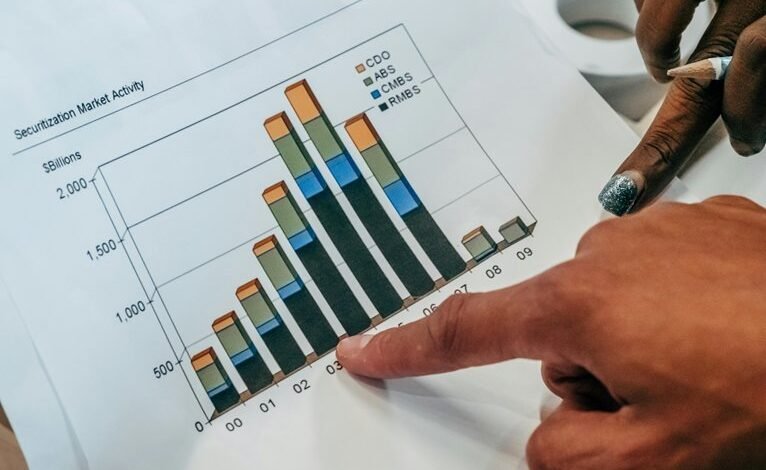3093283873 How to Invest in Emerging Markets for Maximum Growth

Investing in emerging markets for maximum growth necessitates a meticulous, data-driven approach that balances risk and opportunity. By analyzing macroeconomic indicators such as GDP growth rates, inflation trends, and political stability, investors can identify high-potential regions. Diversification across sectors and currencies mitigates volatility, but understanding evolving economic policies and geopolitical risks remains critical. The challenge lies in continuously adjusting strategies in response to market shifts, making ongoing assessment essential to capitalizing on these dynamic environments.
Assessing Market Potential and Risks
Assessing market potential and risks in emerging markets requires a comprehensive analysis of macroeconomic indicators, political stability, and regulatory environments.
Political stability directly influences investor confidence, while currency fluctuations impact returns.
Data-driven evaluation reveals that stable governance and manageable currency risks are essential for identifying promising opportunities aligned with investors seeking freedom from volatility.
Building a Diversified Investment Portfolio
Constructing a diversified investment portfolio in emerging markets involves strategic allocation across asset classes, regions, and sectors. Emphasizing emerging industries and cultural considerations is also crucial.
Data indicates that integrating these factors reduces sector-specific risks and capitalizes on growth opportunities.
A nuanced approach enhances potential returns while respecting local norms, empowering investors seeking freedom through informed, resilient diversification strategies.
Staying Informed and Adapting to Market Changes
How can investors effectively stay informed and adapt to the dynamic landscape of emerging markets? Monitoring key economic indicators, such as GDP growth and inflation rates, alongside assessing political stability, enables data-driven adjustments.
Continuous analysis of these metrics allows investors to identify vulnerabilities, capitalize on opportunities, and maintain strategic flexibility within fluctuating markets.
Conclusion
Strategic investment in emerging markets resembles navigating a complex mosaic—each tile representing economic indicators, political stability, and cultural nuances. By continuously analyzing macroeconomic data and adjusting portfolios accordingly, investors can unlock growth opportunities while mitigating volatility. This disciplined approach transforms the market landscape into a dynamic tapestry, where informed decisions serve as guiding stars. Ultimately, mastery lies in balancing risk and reward, turning the intricate puzzle of emerging markets into a masterpiece of sustainable, data-driven wealth creation.





